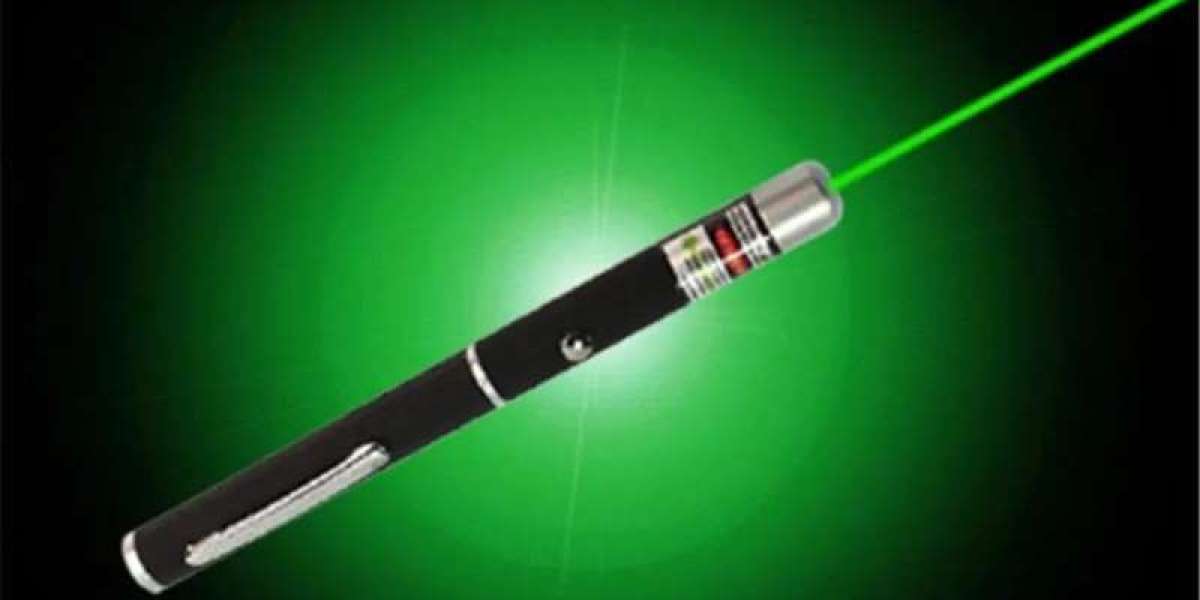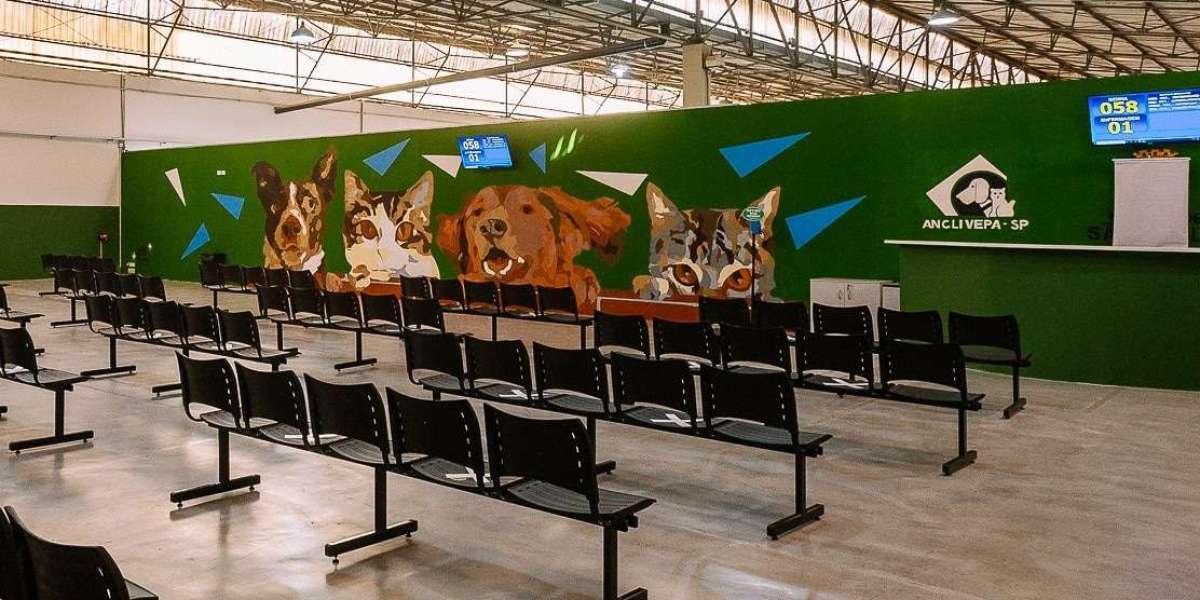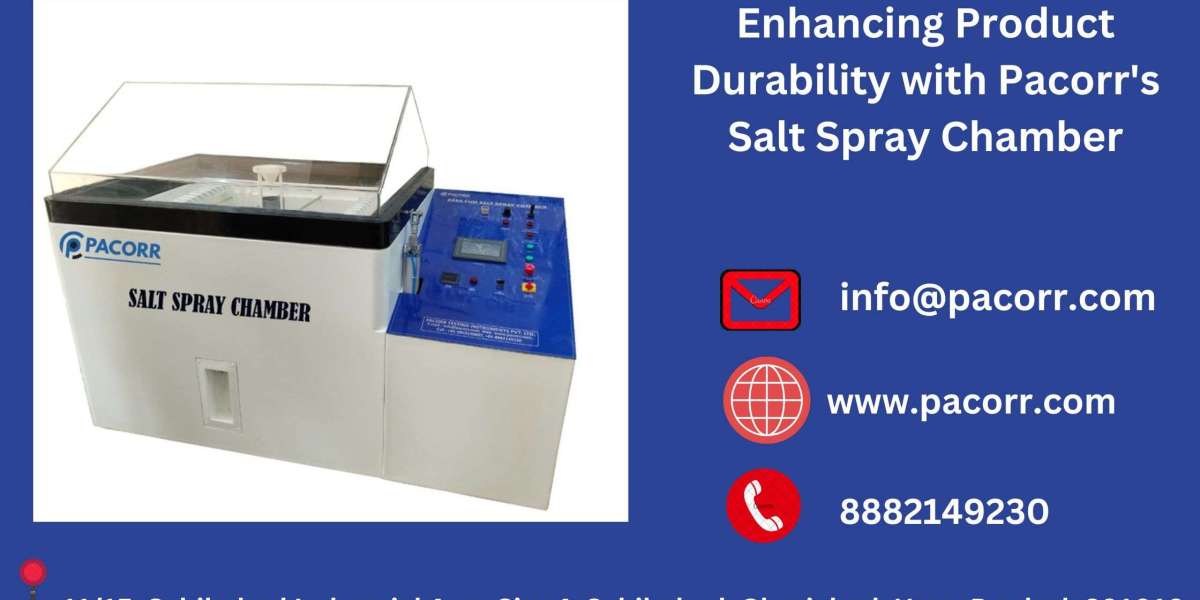A laser engraver is a specialized machine that uses a focused laser beam to engrave or mark designs, patterns, text, or images onto the surface of various materials. Unlike traditional engraving methods that require physical tools to carve into a surface, laser engraving is a non-contact process, meaning the laser beam removes material without directly touching it. This allows for extreme precision, intricate detailing, and long-lasting results.
The basic principle of a laser engraver is simple. The machine directs a high-powered laser beam onto a specific spot on the material. The energy from the laser heats the surface, causing vaporization or burning, which creates a permanent mark. Depending on the power of the engraver and the material being used, the engraving can be shallow or deep. Many modern engravers use computer numerical control (CNC) systems, allowing designs to be programmed digitally and executed with flawless accuracy.
Types of Laser Engravers
There are several types of laser engravers, each suitable for different applications:
CO₂ Laser Engravers – Popular for engraving non-metal materials like wood, glass, plastic, acrylic, and leather. They are widely used in creative and industrial fields.
Fiber Laser Engravers – Known for engraving metals such as steel, aluminum, gold, and silver. They are highly efficient, precise, and long-lasting.
Diode Laser Engravers – Compact and affordable, commonly used for small projects, crafts, and personal DIY use.
Applications Across Industries
Manufacturing and Industrial Use:
Laser engravers are widely used in manufacturing for marking parts with barcodes, QR codes, and serial numbers. These permanent engravings are crucial for tracking products, ensuring quality control, and meeting safety standards.Jewelry and Personalization:
In jewelry making, laser engravers are used to inscribe names, dates, or intricate designs onto rings, watches, and pendants. Personalization services such as engraving gifts, awards, or promotional products also rely heavily on this technology.Electronics Industry:
Electronics often require tiny, precise markings that are resistant to wear. Laser engravers can etch micro-codes and branding onto circuit boards, chips, and other delicate components without damaging them.Art, Design, and Crafts:
Artists and small business owners use laser engravers to create customized artwork, signage, and décor. From engraved wooden plaques to acrylic displays and glass etching, the possibilities are almost limitless.Medical Field:
Laser engraving is also used to mark surgical instruments, implants, and medical devices. These markings help with traceability and compliance with medical standards.
Advantages of Laser Engraving
High Precision: Perfect for detailed and complex designs.
Durability: Engravings do not fade, peel, or wear off.
Versatility: Works on a wide range of materials.
Automation: Digital control ensures consistent results and efficiency.
Eco-Friendly: No need for inks or chemicals, reducing waste.
Conclusion
A laser engraver is a versatile and reliable tool that has transformed how industries, businesses, and individuals create permanent markings and designs. Whether in large-scale manufacturing, jewelry design, electronics, or creative crafts, its ability to deliver precision and durability makes it an indispensable technology. As laser engraving technology continues to advance, it is becoming more affordable and accessible, opening the door for even more innovative uses in the future.










